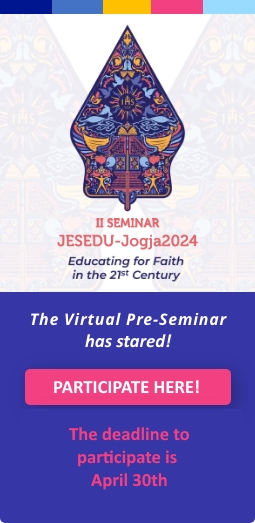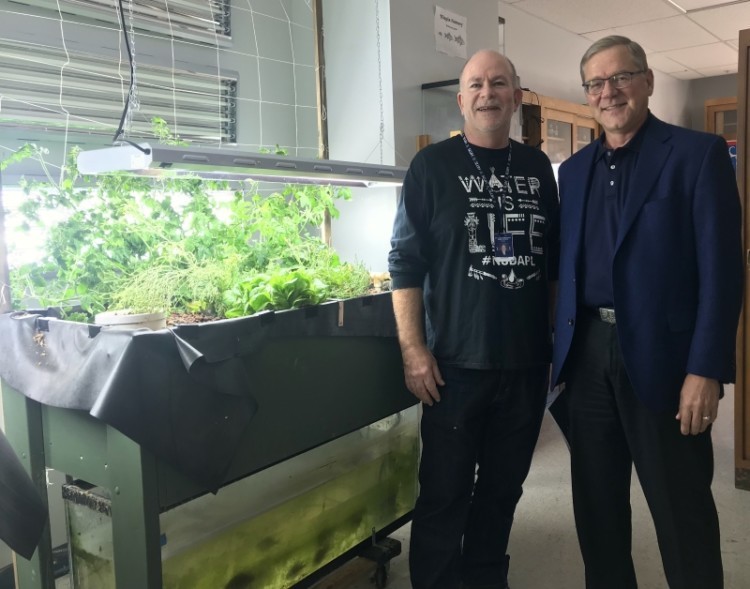
I have been involved with the Healing Earth textbook since 2012 and would strongly encourage both high school and college instructors in science and other disciplines to take a closer look at this free, on-line text that is available in both English and Spanish.
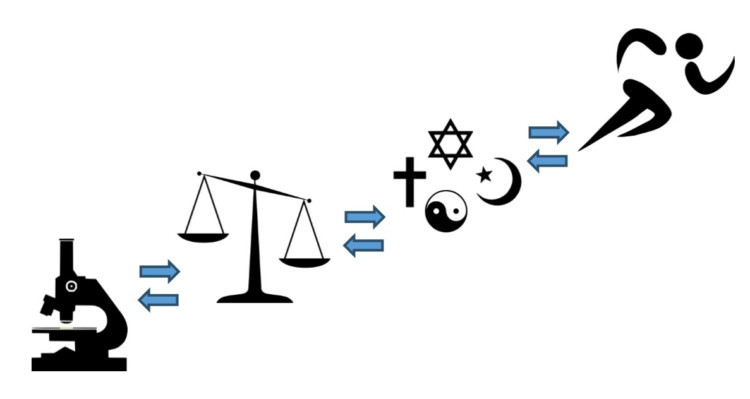 I use Healing Earth as the primary textbook in our AP Environmental Science course at SLUH, and use portions of it in the Environmental STEM class we offer. The graphic (above) is posted on the door to my classroom, it best summarizes the structure, importance, and strategy of the text.
I use Healing Earth as the primary textbook in our AP Environmental Science course at SLUH, and use portions of it in the Environmental STEM class we offer. The graphic (above) is posted on the door to my classroom, it best summarizes the structure, importance, and strategy of the text.
We are all aware of the very real problems facing our planet and the especially challenging burdens placed upon the poor. Within our Jesuit institutions we are called to recognize these challenges and act upon them . Healing Earth provides an excellent pathway to introduce our students, especially our high school students, to the science, ethics, and spirituality that then calls us all to act. Experts from around the world have contributed to the science content and it is appropriate for introductory courses on both the high school and college level. Although the text is obviously grounded in Ignatian spirituality and pedagogy, students are introduced to a variety of world religions and their perspectives on creation, emphasizing that care for creation is a universal responsibility and that we are all connected in so many fundamental ways .
In my AP Environmental Science course I frequently use the Reflection Questions and Explorations for journaling. We explore soil, food, nutrition, and urban agriculture through work in the school/community garden and in our two aquaponics tanks. In one of my favorite assignments, which ties together energy and natural resources, climate change, and life skills, the students have to prepare and eat three meatless meals, a breakfast, a lunch, and a dinner. In one of the most impactful lessons, students explore plastic pollution while dissecting albatross boluses (vomited stomach contents). Seeing first-hand the amount of plastics in the stomachs of these magnificent birds leaves a lasting impression. Our Environmental STEM course focuses on climate change and energy through hands-on projects. Our biannual weather balloon launches provide the local data and stimulus to study climate change. In exploring energy, the students convert waste oil from the cafeteria into biodiesel, construct motors and generators, explore solar energy, and design wind turbines.
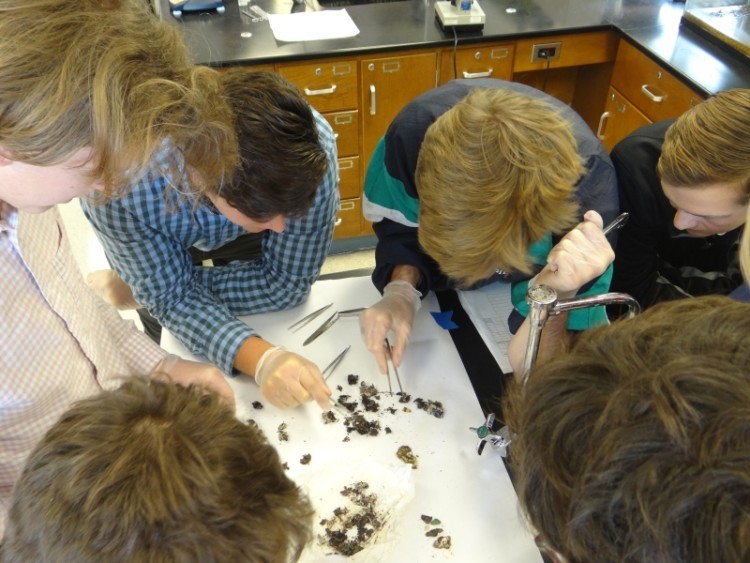
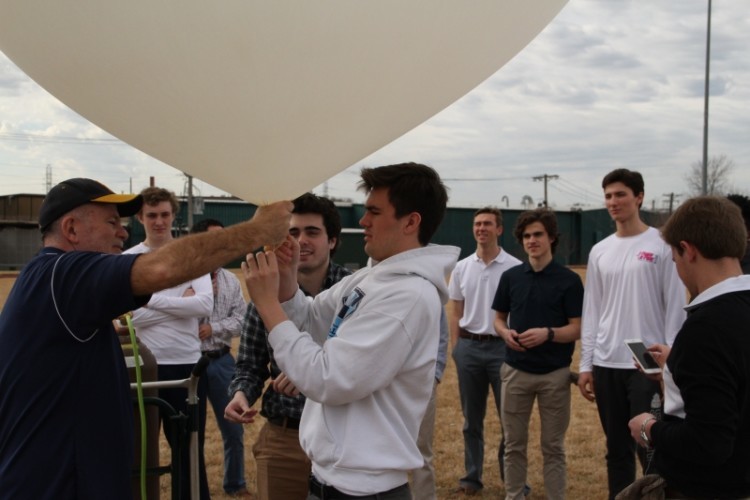
All of these classroom activities have come about since I started using Healing Earth. It has transformed my teaching and has opened up so many new experiences and opportunities for me professionally.
Take a look at what Healing Earth has to offer. If you have questions please feel free to reach out to me, Bill Anderson, or to Michael Schuck and Nancy Tuchman at Loyola of Chicago or leave a comment in the comment box below.
If you are using Healing Earth, I’d love to hear from you and explore ways to collaborate. Via Educate Magis Connected Classrooms we have a means to connect with all of our Jesuit schools around the world for global classroom conversations or teacher talks.
